Intervention Risks Rise In Latin America
By Win Thin
FX intervention is certainly in the air this week for Latin America. Brazil stands out as the most aggressive, of course, as the central bank intervened in the forward market Friday and in the spot market Monday, signaling clear discomfort with USD/BRL approaching 1.70. We fully expect stronger FX measures if USD/BRL threatens that level, which appears to be the near-term pain threshold for Brazil policy-makers. With the Bovespa up 15% (24% in USD terms) YTD, policy-makers could be tempted to reinstitute the IOF tax on foreign equity inflows, reversing the move to zero back in December. Brazil could also adjust upwards the tax on derivatives transactions that was introduced last year too. Intervention is likely to continue, and reserves stood at $355.1 bln in January 2012, up almost 20% from $297.7 bln in January 2011.
Source: Bloomberg
The Colombian central bank on Monday announced that it will resume its daily dollar purchases effective immediately, and will buy up to $20 mln per day to build reserves and offset peso strength. These dollar purchases were halted on September 30, when the escalating euro zone crisis saw USD/COP shoot up from below 1800 up to nearly 2000. Last month, Agriculture Minister Restrepo was complaining about the strong peso hurting farm exports, and so the Monday announcement does not come as a huge surprise. It appears that 1780-1800 is the pain threshold for Colombian policy-makers. Reserves stood at $32.3 bln in December 2012, up 12% from $28.9 bln in January 2011.
Source: Bloomberg
Chilean policy-makers have been fairly quiet about recent CLP strength, but this silence is unlikely to last if the peso continues to gain. Recall that the dollar buying program that was instituted last January was done when USD/CLP threatening the 465 area. While there is nothing special about 465, we would expect heightened official concerns if the peso gains towards that area. While foreign reserves eased slightly to $39.2 bln in January 2012 from December 2011, they are still up nearly 50% from $27 bln in January 2011.
Source: Bloomberg
Peru has been fighting the strong sol with regular, steady dollar purchases and has effectively put a floor under USD/PEN around 2.69. Regular FX intervention is likely to continue, and reserves jumped to $50.9 bln in January 2012, up almost 15% from $44.6 bln in January 2011. A break below 2.69 could bring on stronger measures from Peru.
Source: Bloomberg
Mexico stands out as one of the few in Latin American that is not concerned about peso strength. Recall that last year, even as USD/MXN was threatening to break below 11.50, policy-makers were quite sanguine about the strong peso. With USD/MXN currently trading around 12.65, that leaves a long way for this peso rally to go before we even begin to hear official complaints. This is one of the major reasons (the other being a more constructive US economic outlook) that we believe MXN can continue to outperform in Latin America and in EM. We do think, however, that a break of 11.50 followed by a move towards 11.0 could be the danger zone where official resistance to peso gains starts to manifest itself. Even with a hands off policy towards MXN strength, foreign reserves still rose to $147.4 bln in January 2012, up nearly 25% from $118.5 bln in January 2011.
Source: Bloomberg
Argentina also stands out, but for other reasons. Officials there are worried about excess peso weakness, and have taken many measures to try to halt capital flight, boost dollar supplies, and thereby limit peso losses. Over the past several months, Argentina has required individuals and businesses to get prior authorization before buying foreign currency, made oil and mining companies repatriate export earnings, and asked insurance companies to bring all offshore investments back onshore. When dollars were flowing into Argentina during the boom years, it wasn’t too difficult to engineer a slow and steady decline in the peso. However, capital flight and recent weakness in agricultural prices (soy down -14% y/y, wheat down -23% y/y) will make it very difficult for policy-makers to continue on this path. Foreign reserves have dropped noticeably despite FX measures, standing at $46.6 bln in January 2012 and down over 10% from the peak around $52.6 bln in January 2011.
Source: Bloomberg
Recall last summer that Colombian President Santos called for coordinated regional FX intervention back when EM was still flying high before the euro zone crisis hit hard. While Santos made headlines, we always felt that such a thing would be problematic, and we continue to feel that way. These are all distinct financial markets in Latin America, and central banks are following different policies (Brazil and Chile easing, Mexico and Peru on hold, and Colombia tightening) and so there is simply no way to “coordinate” FX policy, in our view. They can all intervene at once and call it coordinated, but such action is simply the sum of its parts.
Instead, we continue to counsel EM policy-makers not to obsess about the exchange rate. If policies are sound and fundamentals good, money will flow in, and there is little that can be done to stop it. Capital controls and FX intervention can slow currency strength, but cannot reverse it. As this crisis has shown, most of EM can boast of strong fundamentals, and stands in stark contrast to DM. It should be no surprise that investment flows continue to go into EM, and that trend should continue for the rest of this year. Currency strength is simply something that EM policy-makers will have to get used to, and we still firmly believe that most of EM FX will end this year stronger than where we are today.
There is one last important factor regarding FX intervention that foreign investors should consider. Throughout this crisis, EM policy-makers for the most part have acted aggressively to limit currency weakness when global conditions deteriorated. For instance, Brazil took aggressive action last fall when USD/BRL broke above 1.90, while Mexico instituted circuit-breakers for its FX market back in November when USD/MXN was breaking above 14. Others increased their direct FX intervention. The key takeaway is that foreign investors should feel more comfortable knowing that despite a built-in EM bias for weaker currencies, EM policy-makers will take aggressive actions to limit excessive currency weakness when needed.
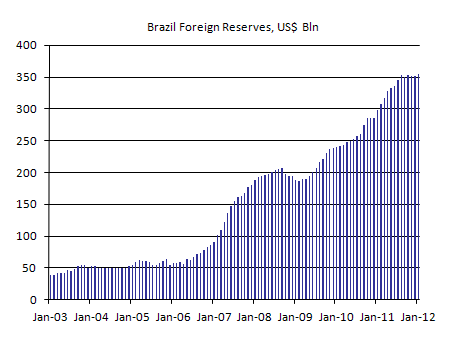
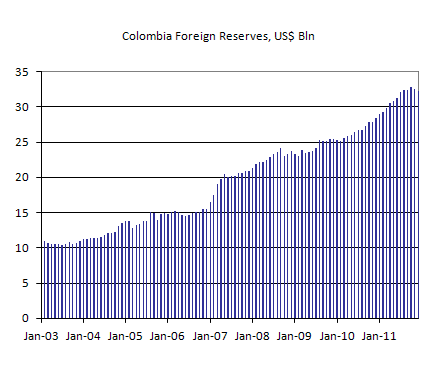
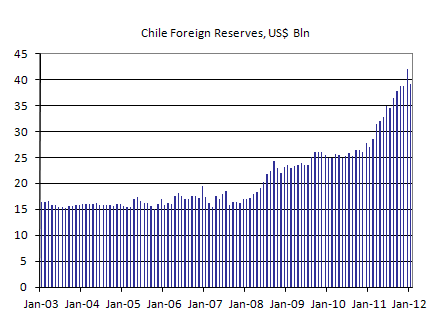
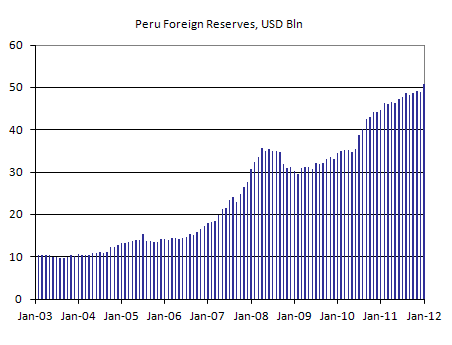
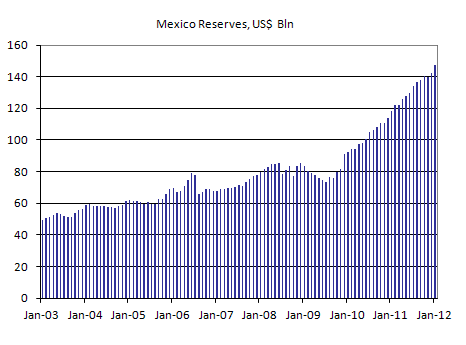
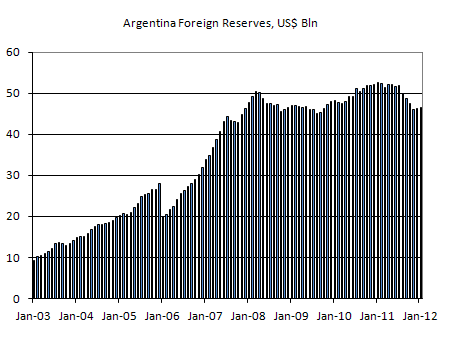
You’re a stock trader on Wall stone street aren’t u…?